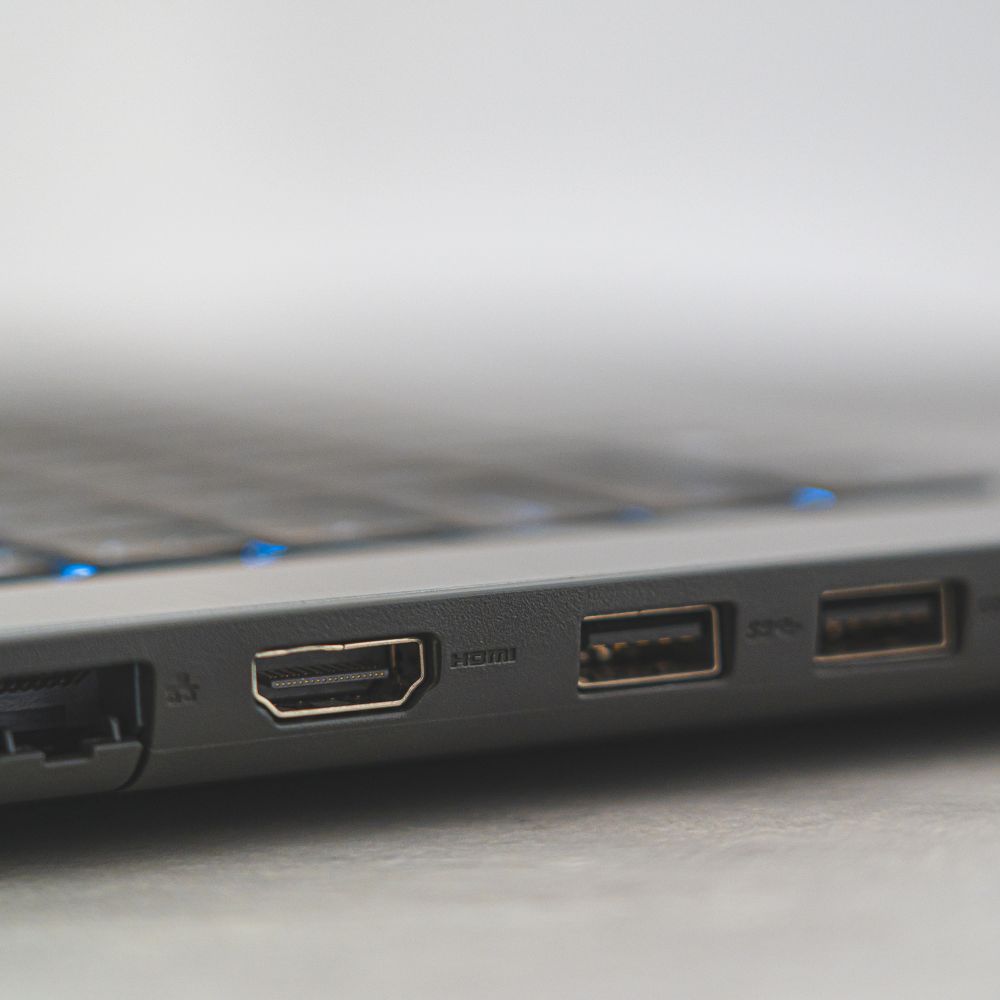A laptop comes with different important parts ranging from the screen to batteries. However, some features, including the ports, are not discussed enough. The ports are located mainly on your laptop’s left and right sides.
A laptop port is an interface, a socket, or a point of connection between the laptop and peripheral devices or hardware. These ports can vary from laptop to laptop and across various brands. Their functions are as numerous as the number of ports, with some being multifunctional.
The Lenovo laptop is widely loved for its affordability, versatility, excellent battery life, and great design. It also comes with different ports and slots to connect peripheral devices. Correctly understanding these ports is essential in using your laptop to its full potential.
This article will discuss the different ports you can find on your Lenovo laptop. It will also further explain the uses of these different ports as well as some problems that you might encounter while using some of these ports.
Lenovo Laptop Ports
The different Lenovo Laptop Ports include the Power Jack, USB Port, HDMI Port, SD Card Slot, Audio Jack, and Ethernet Port.
1) Power Jack
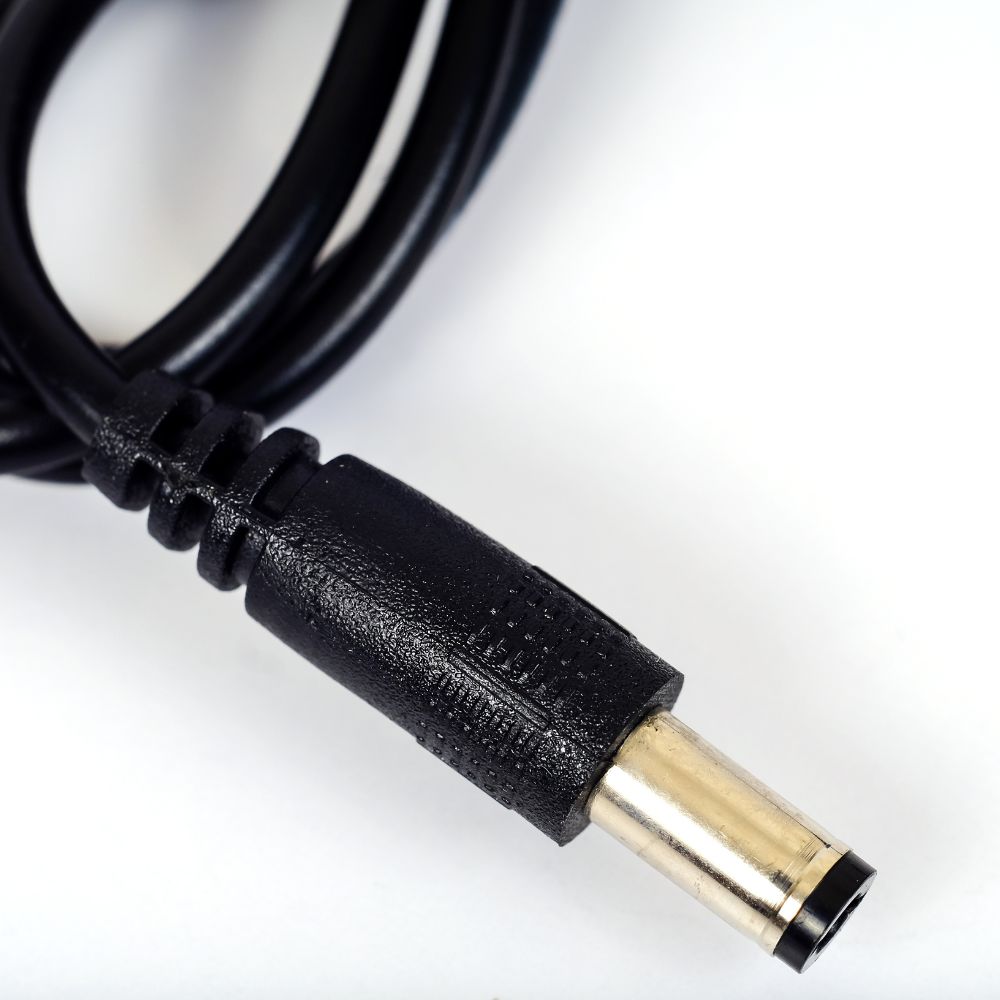
The power jack is also known as the AC power adapter jack. This is simply the charging port of the laptop. When you connect your laptop charger to the wall, this is the port to which the other end of the charger goes.
With this port, you can supply your laptop with sufficient power to run it for lengthy periods and also replenish the battery. While the extended battery life of the Lenovo laptop is a great feature, it still needs to be charged from time to time. However, it is advisable to unplug your laptop charger as
If you plug your laptop charger into this port for any reason and it does not work, some of the problems might include; a faulty charger adapter, faulty power cable, or damage to your laptop power cable. Taking any fault to your AC power jack seriously is essential as this could affect how much you can do.
2) USB Port
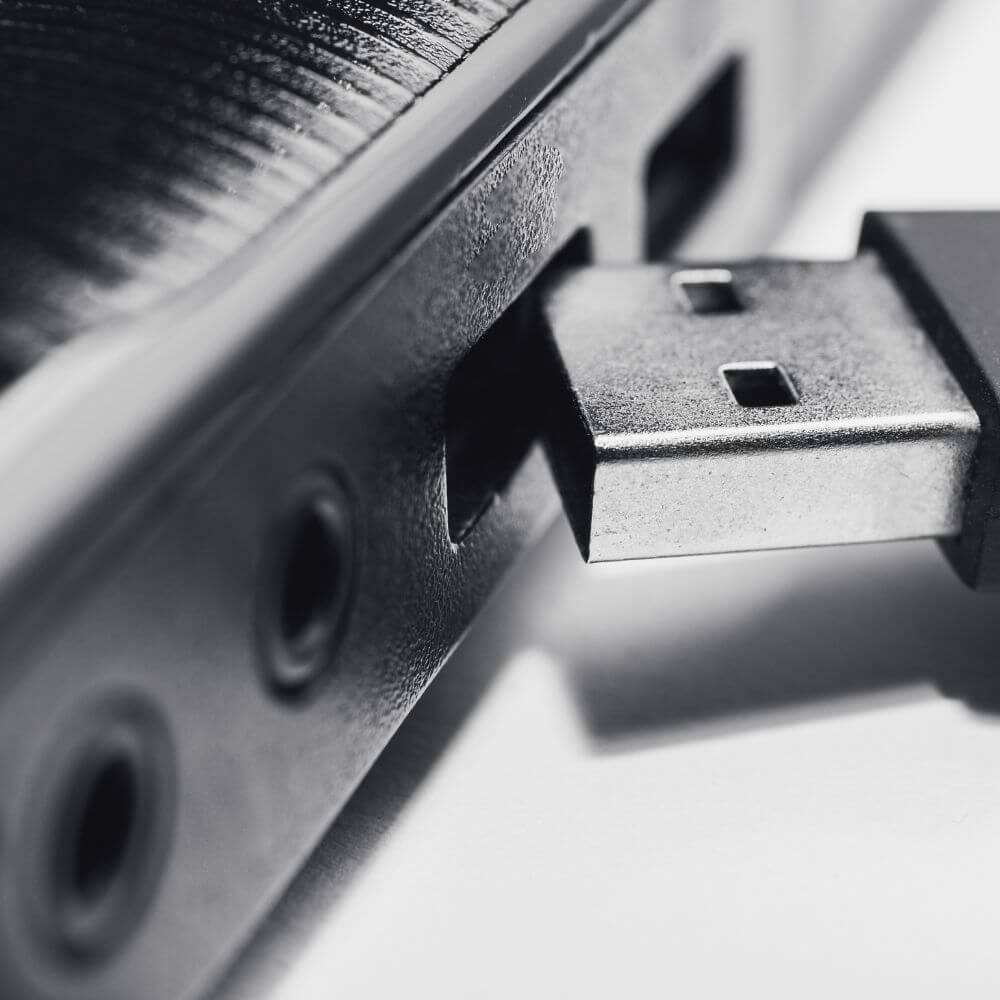
This means a Universal Serial Bus Port. This is a very common laptop connector, and its importance cannot be overstated. Its uses include; for transfer of data and information, supply of power to devices like your smartphone using a cable, and allowing users to use devices like your mouse and scanners.
Peripheral hardware you can connect to your laptop includes a printer, your smartphones or mobile devices, webcams, external keyboard, and modems, among others. Lenovo laptops usually have the USB Type-A port; however, some other models have USB Type-B ports. The difference between both ports is in how much power they support.
While the Type-A port supports 2.5 watts and 5 volts, the Type-C port supports 100 watts and 20 volts. This makes the Type-A port better for charging devices. In addition, The Type-C port transfers data better and can work better with high-resolution devices.
Following all these advantages, it can be stressful if your USB port does not work for any reason. However, before you take your laptop to be fixed, try the following options;
- Restart your laptop
- Check your USB port for dirt or debris, which you should remove as carefully as possible if present.
- Confirm that the internal connection is not broken.
- Try a different USB cord to ensure you’re not using a faulty cable.
- Try another USB port to be sure it is not a peripheral hardware problem.
- You can connect another peripheral device to the USB port to be sure.
- Your device manager can also be of help.
3) HDMI Port
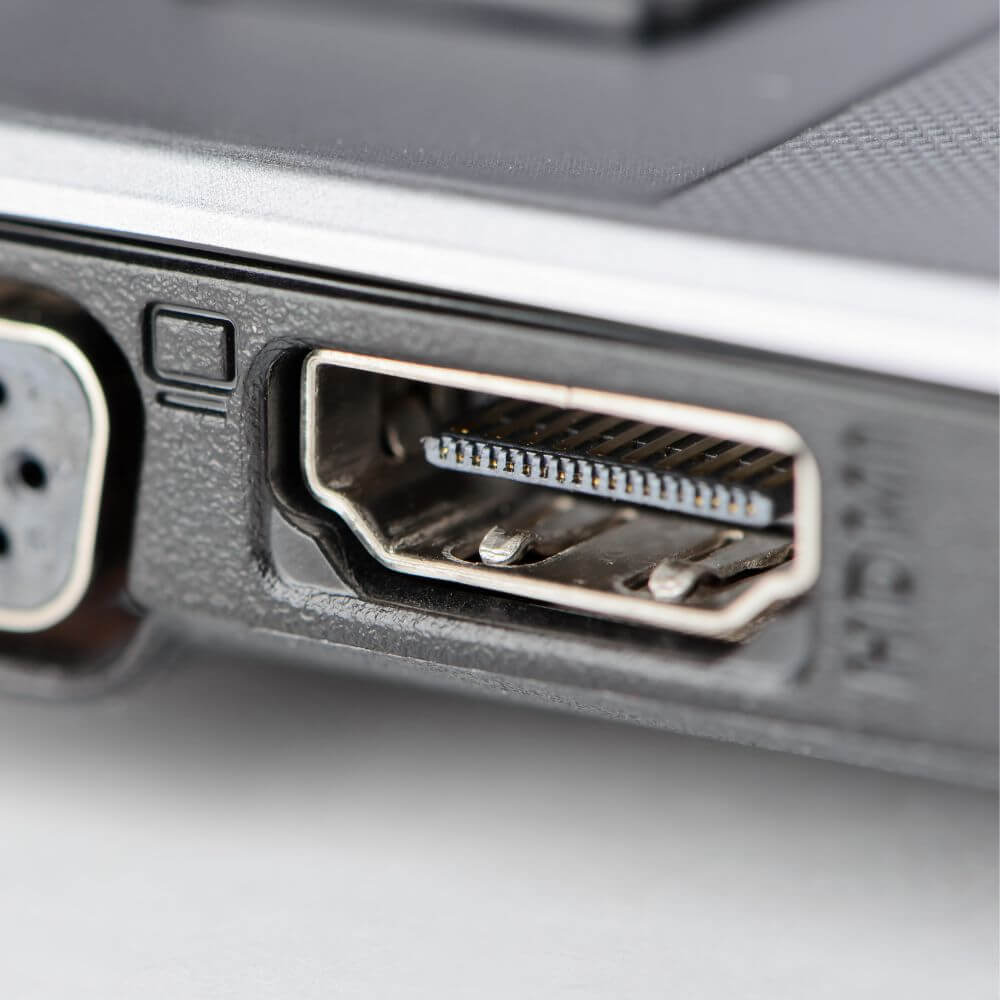
This means High Definition Multimedia Interface Port. The HDMI port allows you to connect gadgets like a TV, game console, digital camera, or projector while simultaneously transmitting digital video and audio from them. Businessmen and women most commonly use it for projection.
Some problems you might encounter if your HDMI port is faulty include; loss of sound or poor transmission of images or videos. Solving these problems might require the help of a professional; however, before you cough up all that money, you should consider;
- Restarting your laptop and reconnecting the device.
- Try connecting another device to the port.
- Check the configurations of your laptop’s display settings.
- Check your graphics driver as it might require an update or reconfiguration.
4) SD Card Slot
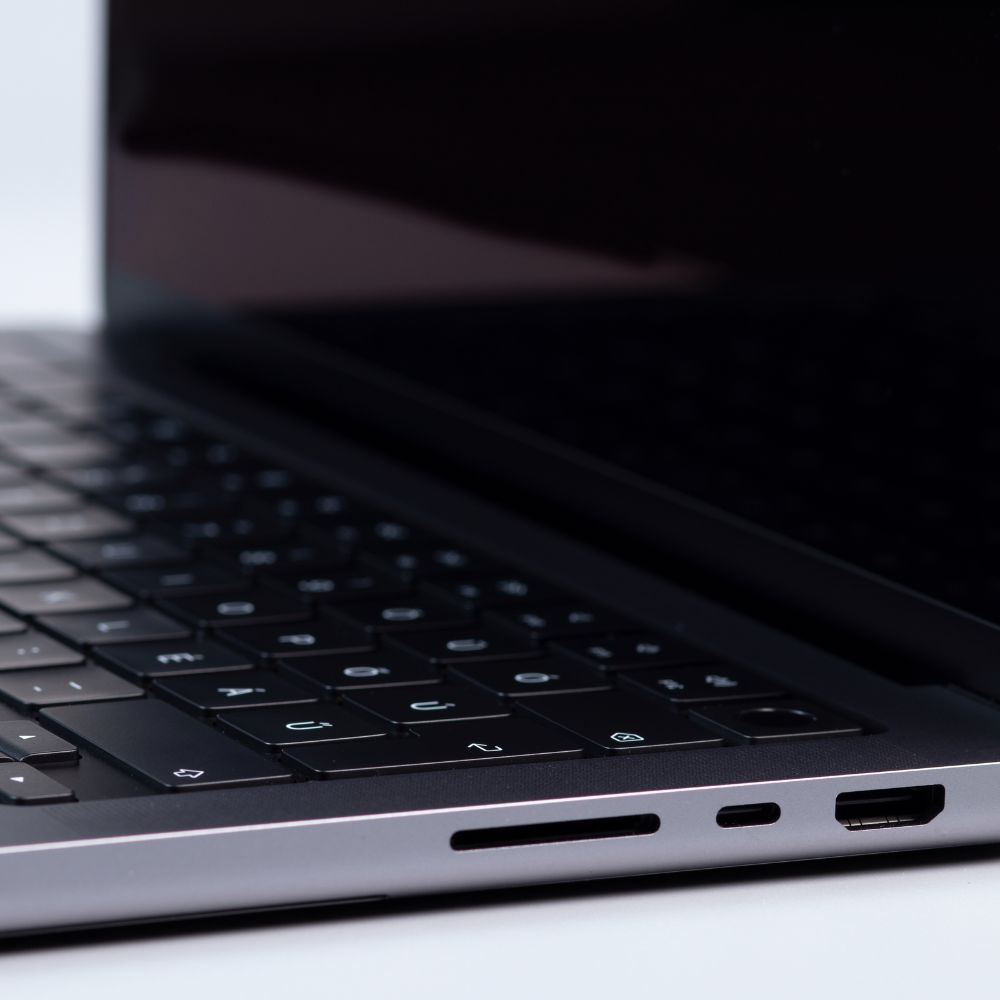
This is a small slit at the side or front of your laptop. It helps you to transfer files from an SD card with ease. If you realize that you have a faulty SD Card Slot:
- Check the SD card to be sure that it’s not defective.
- Inspect the SD card slot for debris. You can also clean the slot regardless.
- Restart your device and slot in the SD card again.
5) Audio Jack
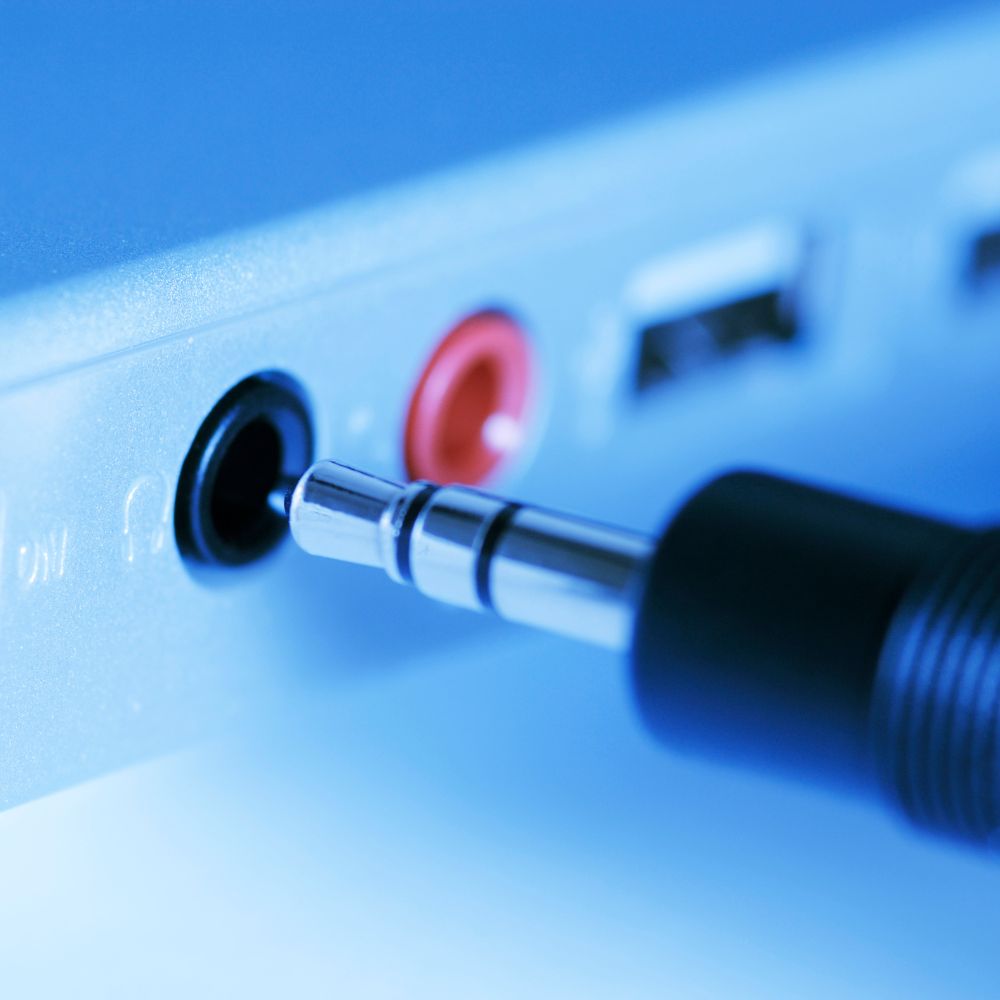
This is sometimes referred to as a headphone jack, and the 3.5mm audio connector is the most common type. It is compatible with most wired headphones and speakers. The audio jack allows you to listen to music and watch movies with all the privacy you need when your earpiece is plugged in, especially in crowded places.
If your audio jack stops working for any reason, you should try;
- Manually set your audio to headphones by going to systems. You can proceed to choose sound, then output device, and then finally select Headphones.
- Check out the Audio troubleshooter.
- Check your Audio Drivers as they might need updates.
6) Ethernet Port
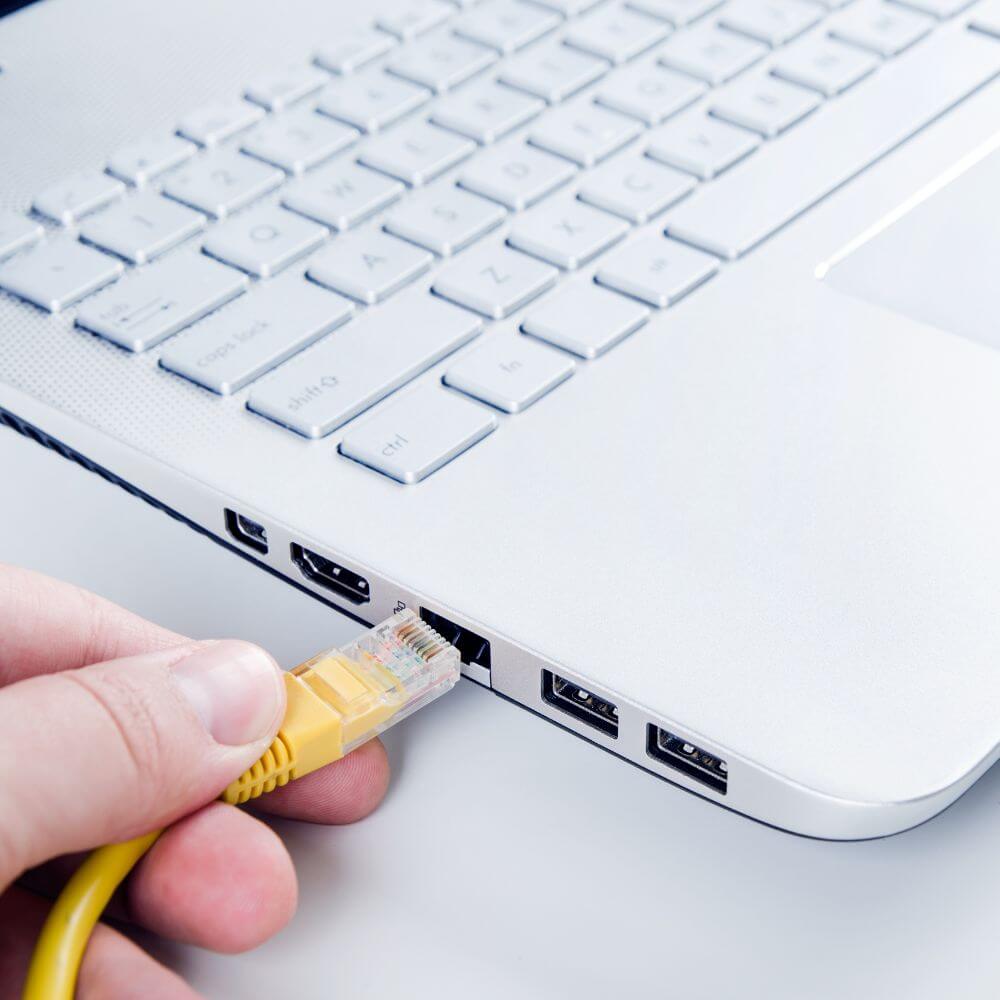
It is also called the RJ-45 Port, where the RJ stands for Registered Jack. This port allows direct connection to wired networks. While Wi-Fi is a great option, the option of plugging in through the Ethernet can be helpful, especially if you are in a hotel or place with weak wireless signals.
An Ethernet Port helps you connect your laptop to the internet through a compatible Ethernet cable. The port has an eight-pin, eight-contact (8P-8C) connector that may come with two LED lights. The connections can run as high as 1Gbps. You can get a USB-to-Ethernet adapter in brands that do not have Ethernet built-in. This helps you convert your USB port to a temporary Ethernet Port.
In the occurrence of an unstable Ethernet connection, things you can try include:
- Check your Ethernet port for any obstructions.
- Confirm that your Ethernet cable is working fine.
- You can troubleshoot your network. If you are using the Windows operating system, you can do this by first clicking on Start. Then you proceed to click on Settings, then Update & Security. You then see the Troubleshoot option. An array of more options is revealed, and then select Find and fix other problems, then Network Adapter, then Run the troubleshooter. Finally, select Ethernet from the list of adapters. Clicking on Next starts the process.
Final Thoughts
The Lenovo Laptop comes with ports that promote ease of use across all models. The Power Jack, USB Ports, HDMI Port, SD Card Slot, Audio jack, and Ethernet Port are easy to find at the sides of your laptop. You should also consult the manual that usually comes with the laptop for more information

